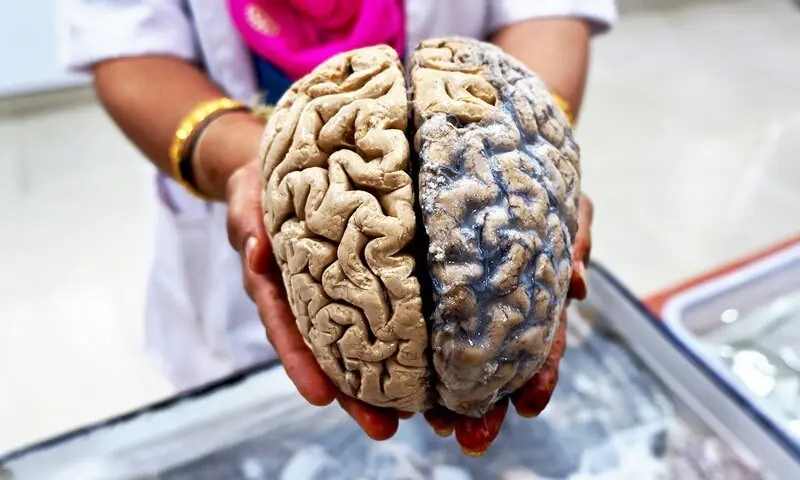BOSTON, USA – In a landmark achievement that promises to unlock new frontiers in medicine, medical experts have successfully developed functional 3D models of the human brain in a laboratory, offering profound hope for understanding and treating complex neurological diseases like Alzheimer’s and Parkinson’s.
Developed by scientists at the Massachusetts Institute of Technology (MIT), these models are dubbed ‘multicellular integrated brains’ (miBrains). They are not merely clusters of cells but intricate systems that integrate all the key components of the brain: neurons, glial cells, and vascular networks.
Crucially, these models can be grown from patients’ own cells and genetically tailored to study specific diseases. According to the researchers, these small-scale miBrains successfully replicate highly complex brain systems, including its blood vessels and the critical blood-brain barrier.
The breakthrough is the result of years of effort, culminating in the creation of a special gel called ‘Neuromatrix,’ which mimics the brain’s natural environment. This gel enabled the cells to grow and organize correctly into a functioning system.
To demonstrate its power, the team immediately applied the model to Alzheimer’s research. They studied the notorious APOE4 gene, strongly linked to the disease. When cells carrying the APOE4 gene were integrated into the model, they began producing the devastating amyloid and tau proteins associated with Alzheimer’s. However, in a striking discovery, when the brain’s immune cells (microglia) were removed from the model, this damaging effect was significantly reduced.
Researchers hope to incorporate simulated blood flow in future iterations, a development that could revolutionize how neurological diseases are treated and cured.



